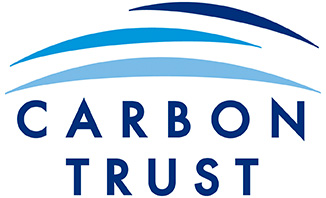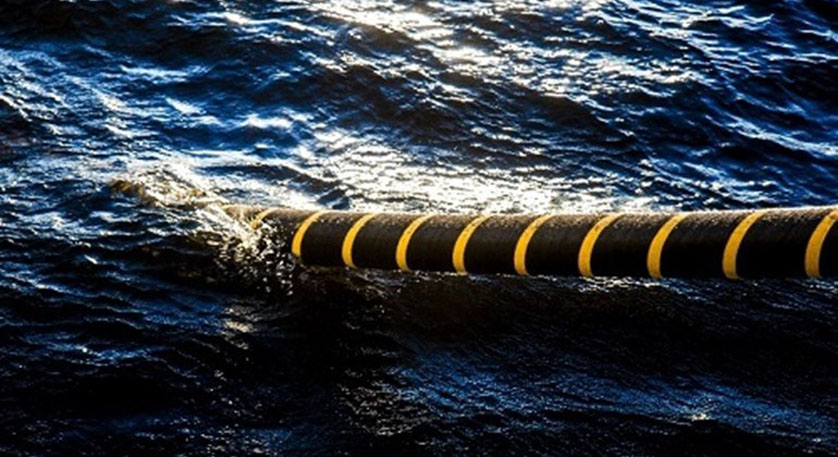The Carbon Trust-led Floating Wind Joint Industry Partnership has kicked off two new studies to investigate critical issues for large scale floating wind farms.
 Commissioned by the Scottish Government and twelve industry partners – EnBW, ENGIE, Eolfi, E.ON, Iberdrola, innogy, Kyuden Mirai, Ørsted, Shell, Statoil, Vattenfall, and Wpd Offshore – the JIP will be supporting the development of high voltage dynamic cables and outlining monitoring and inspection requirements for commercial floating wind power projects.
Commissioned by the Scottish Government and twelve industry partners – EnBW, ENGIE, Eolfi, E.ON, Iberdrola, innogy, Kyuden Mirai, Ørsted, Shell, Statoil, Vattenfall, and Wpd Offshore – the JIP will be supporting the development of high voltage dynamic cables and outlining monitoring and inspection requirements for commercial floating wind power projects.
BPP Cables will lead the study on dynamic export cables, which has been identified as a potential bottleneck for commercial deployments. While lower voltage dynamic inter-array cables (~22-66kV) are readily available, there is a notable gap in the market for suitable high voltage dynamic cables for export purposes (~130-250kV) to enable efficient transmission of power back to shore.
As part of the study, the Carbon Trust intend to launch a competition to support cable manufacturers to develop suitable designs. The competition, expected this summer, hopes to accelerate the development of the technology to ensure that high voltage dynamic cables are available for the first commercial floating wind projects within the next 5-10 years.
 In parallel, Oceaneering will deliver a study to investigate monitoring and inspection requirements for floating wind farms. The large number of components in commercial deployments, including hulls, mooring lines, anchors, and cabling, could create challenges for operators to cost effectively monitor and inspect their assets. Oceaneering will draw on extensive experience in the oil and gas industry to develop a risk-based approach to monitoring and inspection regimes, as well as identify innovative technologies that can support cost reduction.
In parallel, Oceaneering will deliver a study to investigate monitoring and inspection requirements for floating wind farms. The large number of components in commercial deployments, including hulls, mooring lines, anchors, and cabling, could create challenges for operators to cost effectively monitor and inspect their assets. Oceaneering will draw on extensive experience in the oil and gas industry to develop a risk-based approach to monitoring and inspection regimes, as well as identify innovative technologies that can support cost reduction.
Rhodri James, Manager at the Carbon Trust, said: “The lack of available dynamic export cables is currently a key technical and commercial risk for floating wind projects and we are hopeful of playing an important role in stimulating the market to develop solutions for the industry. Monitoring and inspection also becomes increasingly important in large scale deployments and we again hope to play a role in both ensuring that current standards and guidelines are fit for purpose, whilst identifying novel technologies that can reduce operations and maintenance costs.”
The JIP launched two additional projects earlier this month, focusing on heavy lift offshore operations and the impact of larger turbines on floating wind structures.
For further information on the Carbon Trust’s Floating Wind Joint Industry Project, click here.


